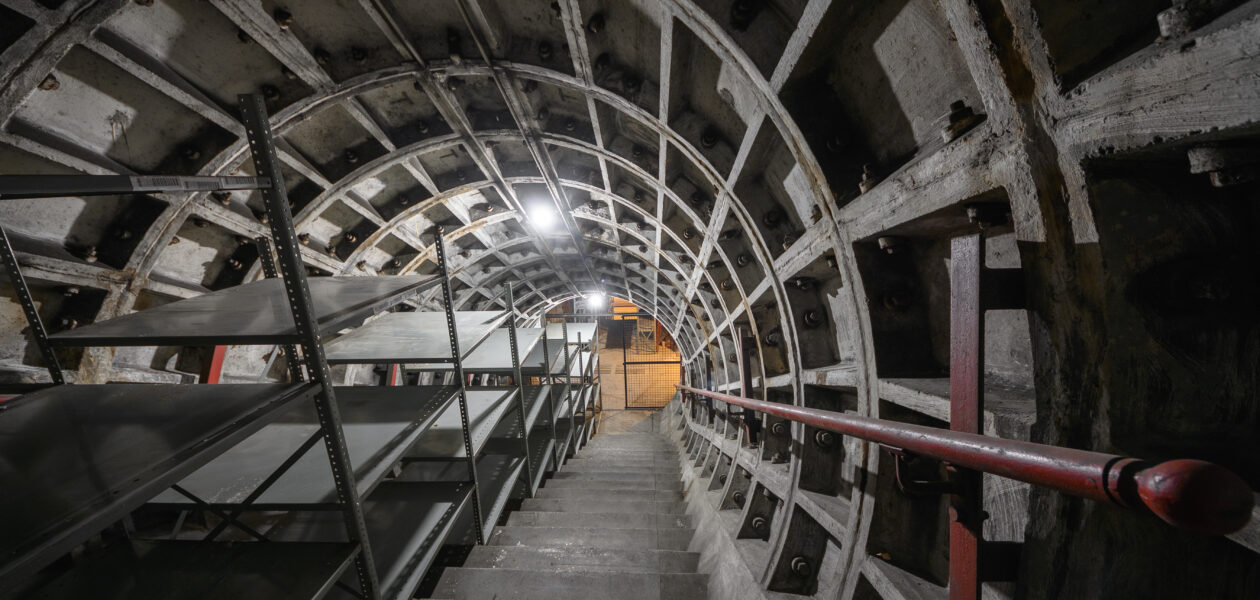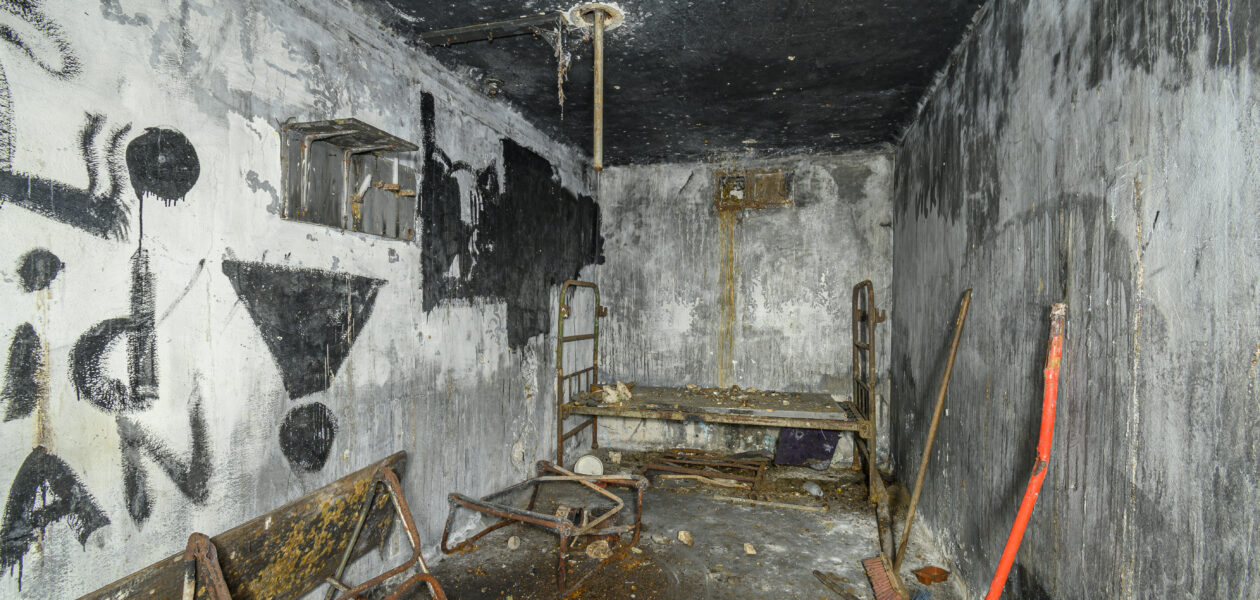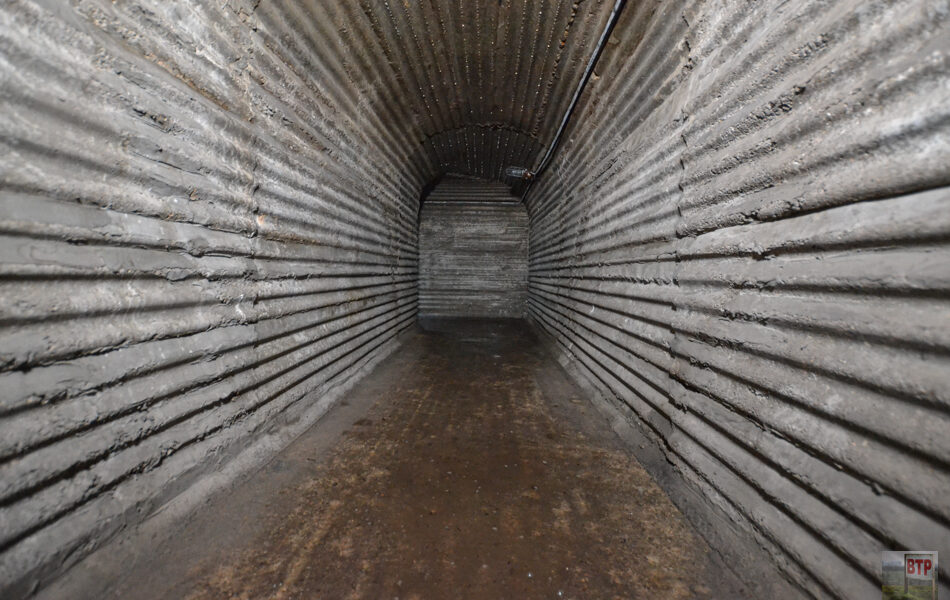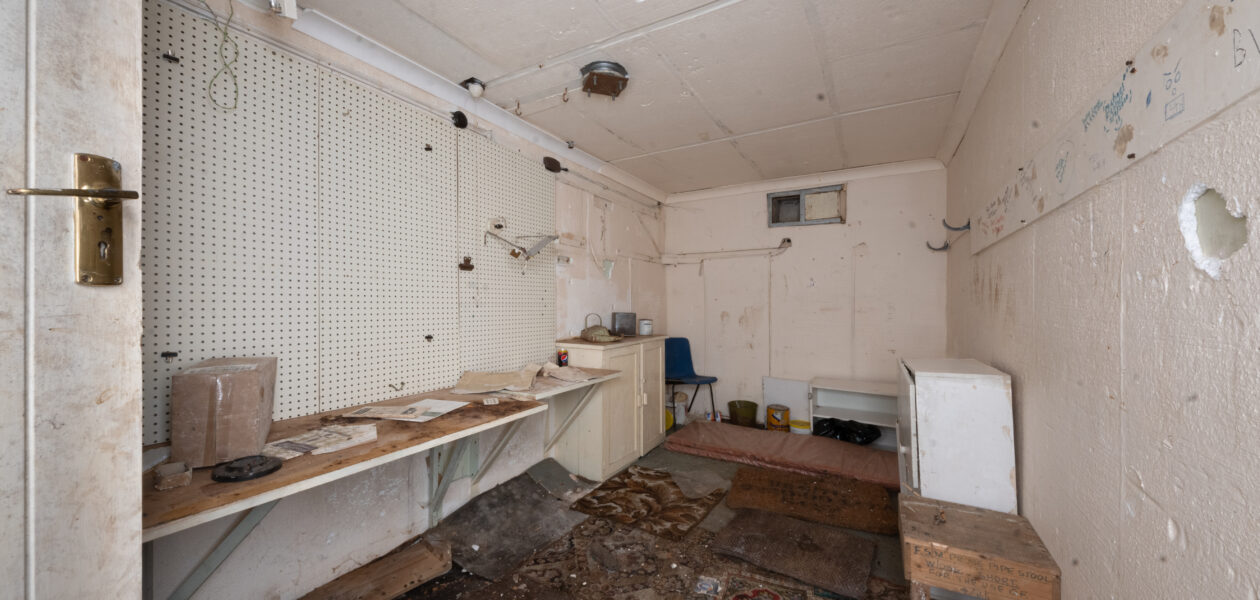Belsize Park Deep Shelter
As bombings intensified during the Second World War the Government embarked on a programme of constructing deep level air raid shelters beneath the streets of London, usually near underground stations. This one has some 210 steps before you reach the bomb-proof tunnels where up to 8,000 people would have sheltered. Due to the challenges of…
View More









